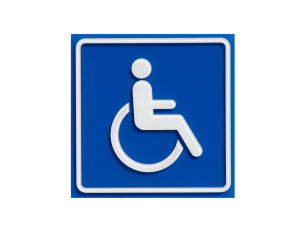Pulmonary arterial hypertension is a rare and debilitating disease that affects the blood vessels of the lungs. Many PH patients experience fatigue and shortness of breath with activity. These patients would benefit from having a disability placard on their vehicle.
 Should PH patients use handicap placards?
Should PH patients use handicap placards?
The goal of pulmonary hypertension therapies is to improve the disease but also to improve a patient’s quality of life. The disability placard is a small way to improve quality of life. PH patients often find it difficult to walk around large stores. The task may become overwhelming and unmanageable if they have to walk a mile in the parking lot. It is not necessary to be dependent on a mobility aid such as a scooter, wheelchair, or walker to qualify for a placard. Using a handicapped parking space allows the patient to enter and exit the store without expending a lot of energy. This may be very helpful especially on “bad” days when PH symptoms are more severe. A patient is free to park outside of handicapped parking even if they have a placard so they can park at the back of the lot on “good” days if they want to get some extra exercise. Having the placard gives pulmonary hypertension patients options.
How do I get a handicap placard?
The department of motor vehicles has a form that needs to be completed and signed by your physician. The forms can be obtained form the DMV but most physician offices will have a copy that they can fill out for you. You will need to complete the patient specific portion and your physician will complete the medical professional portion and sign. Turn the form back into the DMV.
